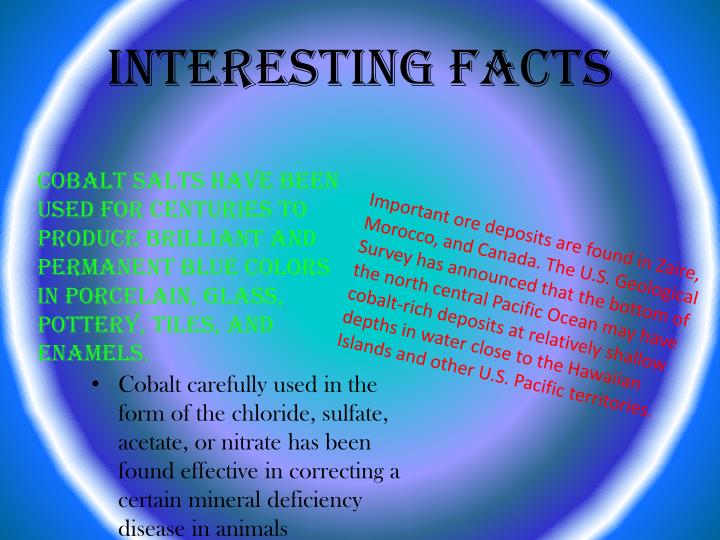

Public Citizen’s Health Research Group noted that the FDA’s review of scientific literature did not include one carried out under auspices of the USDA: “This study, which was actually 12 different studies, examined the effect of feeding irradiated chicken to several animal species.


Disadvantages of using cobalt 60 pro#
Richard Piccioni, Ph.D., senior staff scien tist at Accord Research and Educational As sociates, Inc., has noted: “Without toxico logical testing at exaggerated doses, the carcinogenic risk to large human populations ingesting any additive or residue is impossible to assess.” Contrary to proponents’ claims that URPs, if they exist, are safe, Piccioni writes: “the available scientific literature pro vides evidence to make a strong presumption of carcinogenicity in some if not all irradiated foods.” 6 In a third FDA-cited study, animals fed a diet of irradiated food experi enced weight loss and miscarriage.” 5

One of the two also suggested that irradiated food could have adverse effects on older animals. In fact, the FDA’s own statement on irradiation acknowledges that “current state-of-the-art toxicity tests are not sensitive enough to detect the potential toxicity of URPs at low levels.” 3 Of the 441 studies that had been done on the subject at the time of the FDA’s review, all but five were judged by the review team to be “inadequate to evaluate the safety of irradiated food.” 4 Of those five, the New Jersey School of Medicine Department of Preventive Medicine and Community Health determined two “to be methodologically flawed, either by poor statistical analysis or because negative data were disregarded. Such scientific studies that have been done to date do not support the safety of food irradiation, critics say. Supporters of irradiation, however, challenge this study’s results as non-reproducible. One study in India concluded that there was greatly increased incidence of polyploidy, or chromosomal damage, in a group of children fed irradiated wheat as compared to a control group. The American Dietetic Association posi tion paper on irradiated foods states: ree radicals and other compounds produced dur ing irradiation are identical to those formed during cooking, steaming, roasting, pasteurization, freezing, and other forms of food preparation… All reliable scientific evidence, based on animal feeding tests and consump tion by human volunteers, indicates that these products pose no unique risk to human beings.” 2 Ac cording to information prepared by the Atomic Industrial Forum (a group that favors nuclear energy), one study of radiolytic prod ucts in highly irradiated meat “concluded that there are actually no such things as unique radiolytic products (or URPs).” 1 The FDA has estimated that the concentration of radiolytic products formed in food treated at a dose of 1 kilogray is on the order of 3 parts per million.Īny food undergoes changes when it is treated, whether that treatment involves boiling, baking, or irradiating. Irradiated foods contain certain compounds that are formed when the food is subjected to high-energy ionizing radiation, such as gamma rays or X-rays. Here is a summary of the positions of proponents and opponents on safety and other issues related to irradiation. Is irradiation safe? Proponents insist it is opponents argue it is not.


 0 kommentar(er)
0 kommentar(er)
